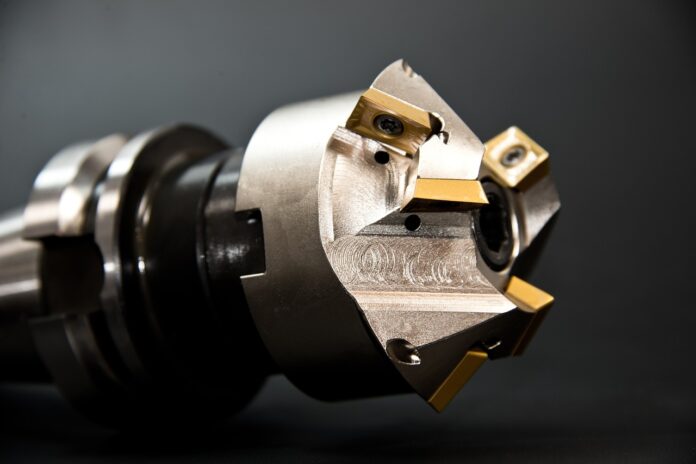Performing sample drilling is vital for geologists and environmental scientists to get insight into the earth’s subsurface. This type of drilling involves taking various soil samples from specific depths to examine the geological and environmental properties of the area.
Sample drilling is accomplished using different types of equipment, including the auger, percussion or rotary drill rig. After drilling, the geologists collect the soil samples, which they then analyze in the laboratory.
There are many reasons scientists perform sample drilling. It can be used to determine the nature and quantity of minerals, oil, gas, and other geological resources. Sample drilling also plays a crucial role in identifying areas that could be at risk for earthquakes, sinkholes, and other geological hazards.
Besides, environmental scientists use sample drilling to analyze soil quality, groundwater contamination, and even to detect buried waste. By examining soil samples, they can determine a site’s potential for agricultural use and environmental restoration, among other things.
Sample drilling is a vital tool for the earth sciences. By examining soil samples, geologists and environmental scientists can provide valuable information to aid in resource exploration, geological hazard assessment, and environmental management, among other applications.














